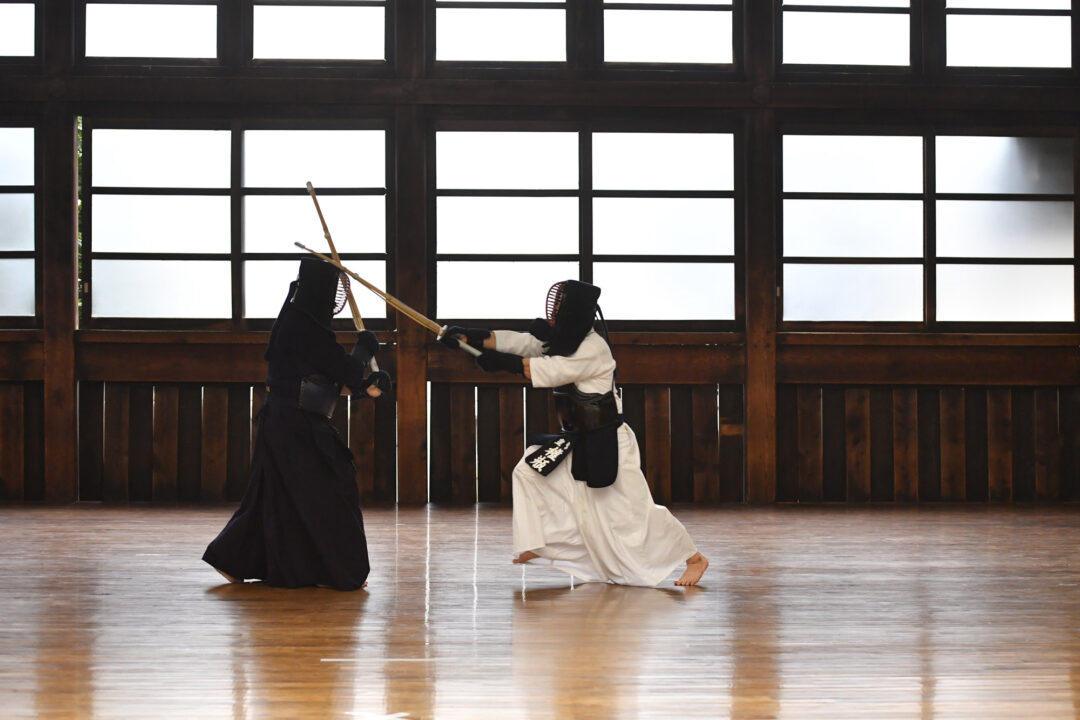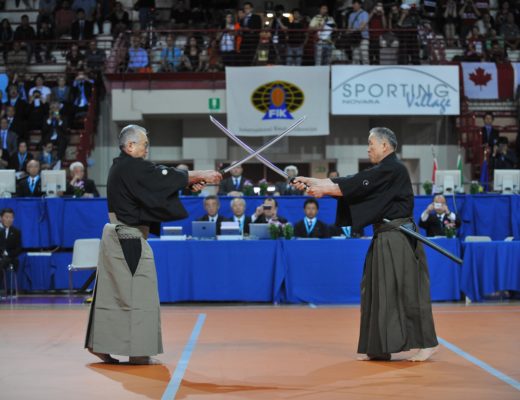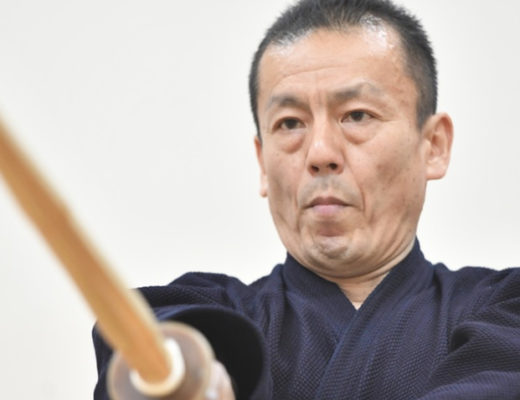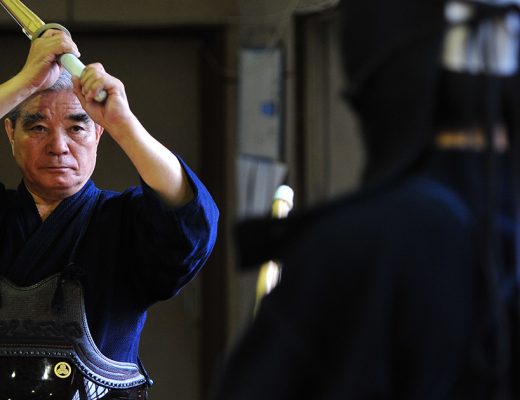KENDOJIDAI 2021.1
Footwork, from Seme to striking

Born in Niigata Prefecture in 1982. After graduating from Kokushikan High School and Soka University, he joined the Imperial Police. He has won the National Athletic Meet twice and participated in the National Police Tournament six times individually, placing fourth in the first division and third in the third division. He is currently a member of the Police Liberal Arts Division.
Firm Fumikomi to follow through with good posture
The key to striking Men is to use my legs effectively and take the initiative in the strike, which is my Kendo style. Because I am not blessed with height, I have been doing Keiko since childhood with the common theme of how to apply Seme to a taller competitor so that my opponent will get disrupted, leading to a Men strike.
Currently, I am particularly conscious of the importance of performing a sharp and firm Fumikomi so that my posture does not get disrupted and I am able to land my strikes and follow through with them.
1. Kamae and footwork
Kamae expresses one’s mind. The most important part of the Kamae is the left hand. The left hand should be wrapped around the Tsuka as if it were covering it from above. The feet are firmly placed on the floor. The position of the Kensaki varies from person to person, but in my case, I point it towards the opponent’s left eye, which allows me to put more power into the attack. I am consciously aware of the fact that footwork is key, so I try to apply Seme with as little preparatory movement as possible.
2. Applying Seme
The key to my Seme is in “Sensen no Sen” (roughly: the timing where you strike your opponent who is trying to strike you in the midst of initiating a technique). I try to create a mindset and Kamae that allows me to strike before my opponent does. This is because I want to create an advantageous situation in which I have a good sense of distance and respond to my opponent’s unexpected moves. In order to have effective Seme, I apply pressure toward the opponent’s hand-area and use my left and right Shinogi to apply Seme to the opponent.
The position of the Shinai when taking the initiative is especially important with Men-techniques. If you start lower than your opponent’s Shinai, you will be at a disadvantage, so you should start higher.
The rest of this article is only available for Kendo Jidai International subscribers!





